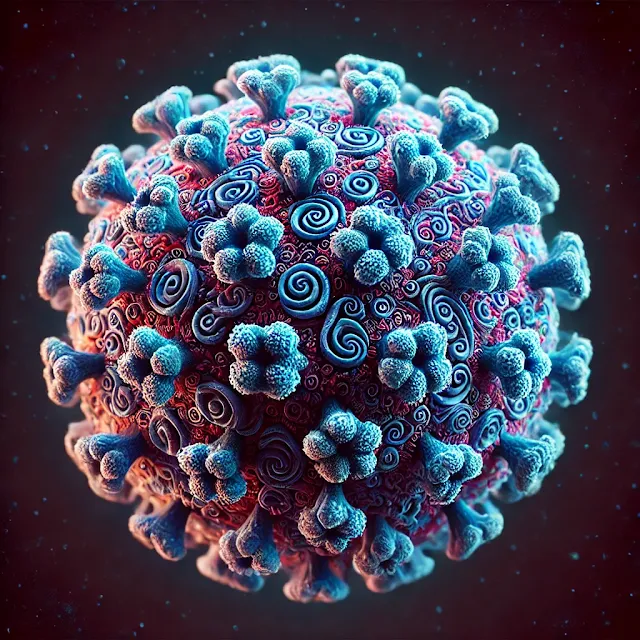Norovirus: The Stomach Bug on the Rise
Norovirus: The Stomach Bug on the Rise
Introduction
Norovirus, often referred to as the "stomach flu," is making headlines due to an increase in cases worldwide. This highly contagious virus is known for causing sudden outbreaks of gastrointestinal illness. In this blog post, we’ll explore what norovirus is, its symptoms, how it spreads, and practical steps you can take to protect yourself and others.
What Is Norovirus?
Norovirus is a group of viruses that cause gastroenteritis, an inflammation of the stomach and intestines. It can affect people of all ages and is notorious for spreading rapidly in crowded environments such as schools, cruise ships, and nursing homes.
Symptoms of Norovirus
Common Symptoms
Nausea
Vomiting
Diarrhea
Stomach cramps
Other Possible Symptoms
Low-grade fever
Muscle aches
Fatigue
Symptoms typically appear 12-48 hours after exposure and can last 1-3 days. While most people recover quickly, severe dehydration can occur, especially in young children, the elderly, and those with weakened immune systems.
How Does Norovirus Spread?
Norovirus spreads primarily through:
Contaminated Food or Water: Consuming food or drinks prepared by someone infected.
Person-to-Person Contact: Shaking hands or being in close contact with an infected person.
Contaminated Surfaces: Touching infected surfaces and then touching your mouth or face.
The virus can survive on surfaces for days, making it incredibly resilient.
Who Is at Risk?
Certain groups are more susceptible to severe illness, including:
Infants and young children
Elderly individuals
People with compromised immune systems
Those living or working in close quarter.
Prevention Tips
Preventing norovirus requires diligence and good hygiene practices. Here are some steps you can take:
Practice Proper Hand Hygiene
Wash hands thoroughly with soap and water for at least 20 seconds, especially after using the restroom or before eating.
Avoid relying solely on hand sanitizers, as they may not be as effective against norovirus.
Safe Food Handling
Wash fruits and vegetables before consumption.
Cook seafood and other high-risk foods to safe internal temperatures.
Avoid preparing food for others if you’re feeling unwell.
Clean and Disinfect Surfaces
Use a bleach-based household cleaner to disinfect surfaces, especially in areas like bathrooms and kitchens.
Wash contaminated laundry immediately and wear gloves while handling it.
Treatment Options
There is no specific antiviral treatment for norovirus. Management focuses on relieving symptoms and preventing dehydration:
Drink plenty of fluids to replace lost electrolytes.
Consider oral rehydration solutions if needed.
Rest and avoid strenuous activities until symptoms subside.
If dehydration becomes severe, medical attention may be necessary.
Norovirus Outbreaks: What You Need to Know
Norovirus outbreaks often occur in places where people gather in close quarters. Recent outbreaks have highlighted the importance of early containment and public awareness.
Key Facts About Outbreaks
Outbreaks can occur year-round but are more common in the winter months.
Early reporting and isolation of cases can help curb the spread.
Conclusion
Norovirus is a formidable virus, but understanding how it spreads and taking proactive measures can significantly reduce your risk. By practicing good hygiene and staying informed, you can help protect yourself and your community from this unpleasant illness.




.webp)
Comments
Post a Comment